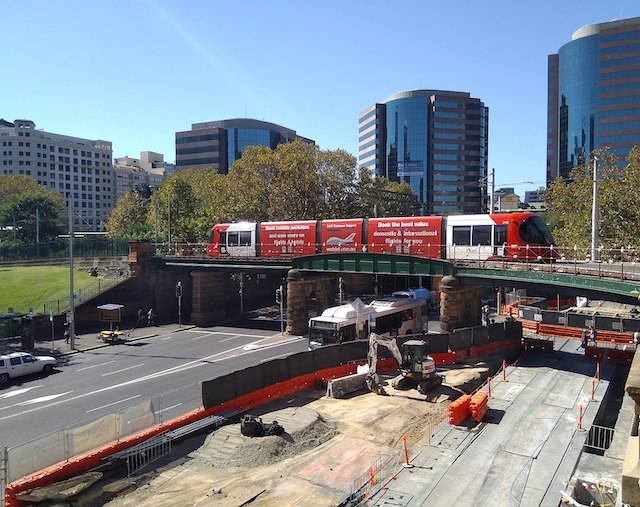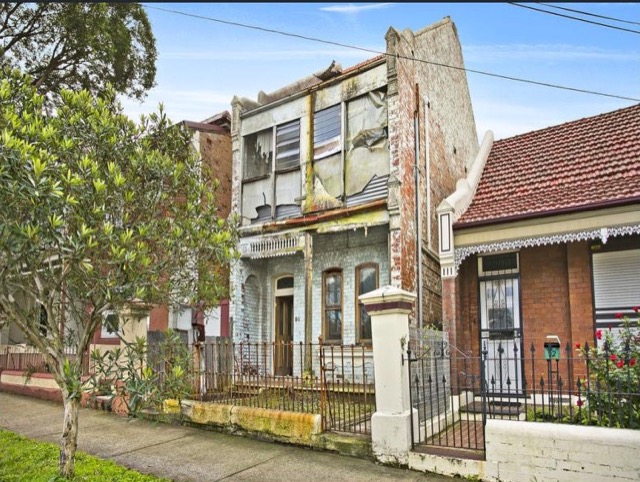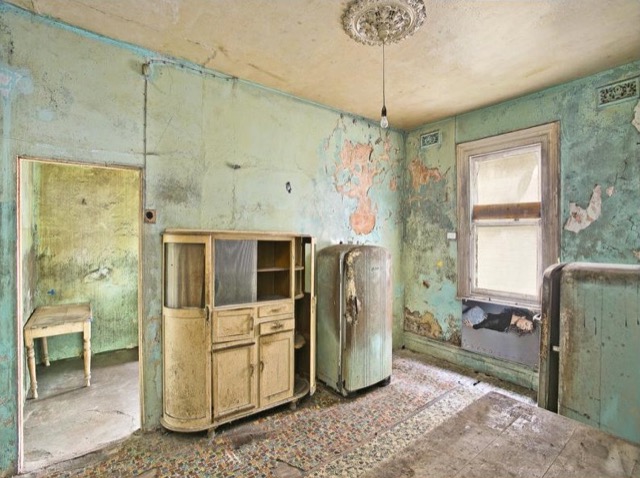The United States is not the only country where transit agencies are spending far too much money building obsolete infrastructure. TransportNSW (for New South Wales) has spent AU$3.1 billion (US$2.3 billion) building a 12-kilometer (7.5-mile) South East light-rail line in Sydney that’s slower than buses making the same journey. For those who are counting, that’s more than $300 million a mile in U.S. dollars, putting it well above the average U.S. light-rail project.
An existing (Dulwich) light-rail line crosses over the construction site for the South East in 2018. Photo by Gareth Edwards.
When first approved in 2014, the line was estimated to cost AU$1.6 billion. The project went through the usual cost overruns that nearly doubled the price. One reason was that the contractor hired to build the project successfully sued the New South Wales government, saying that the government had severely understated the amount of utility relocations that would be required during construction. The company won a settlement of AU$576 million. Continue reading










